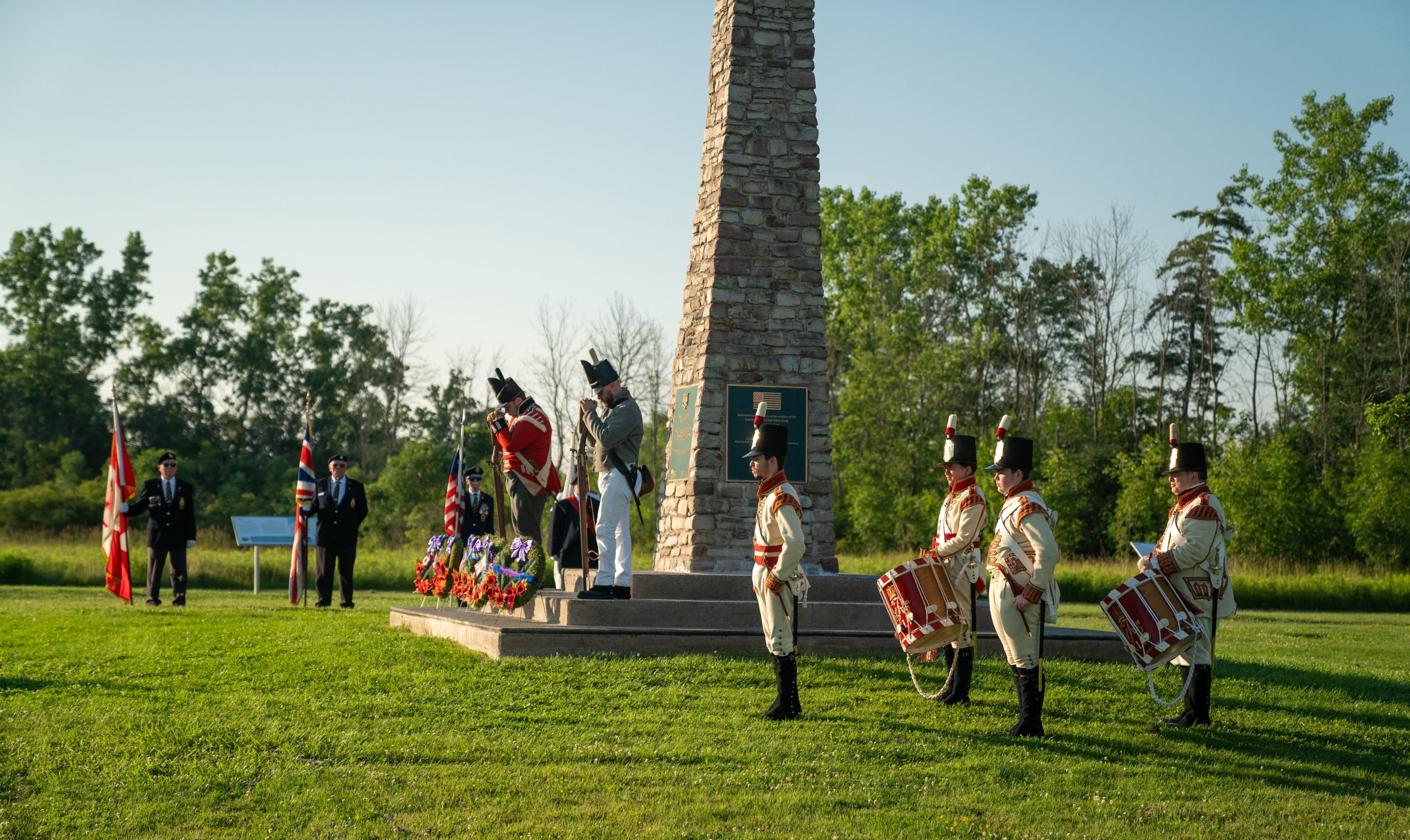Niagara Parks Unveils Commemorative Panels Honouring Harriet Tubman’s Historic Crossing into Canada
In a ceremony conducted today, The Niagara Parks Commission unveiled two commemorative panels honouring the life of Harriet Tubman and her historic crossing of the Niagara River in 1856, leading freedom seekers to Canada.
The development and installation of the bilingual panels are the result of a request made by students from the Harriet Tubman and Lockview Public Schools of St. Catharines, who proposed that a Harriet Tubman Interpretive Panel be created and placed on Niagara Parks land.
The new Interpretive Panels details the life of Harriet Tubman, from her beginnings as a young slave in Maryland to her escape to freedom and subsequent role as the most famous conductor of the Underground Railroad. Her operations into Canada began when the U.S. Fugitive Slave Act was passed into law in 1850, leading to the arrest and kidnapping of freedom seekers and free blacks living in the free Northern States. The passage of this legislation thrust Harriet Tubman into continued action, extending her route for the Underground Railroad into Canada and establishing a base of operations in nearby St. Catharines, Canada West (present day Ontario).
The panel unveiling ceremony featured guest speaker Dr. Kate Clifford Larson, the foremost scholar on the life of Harriet Tubman, and was held at the Whirlpool Bridge Plaza, the site where Harriet Tubman and her companions traveled over the International Suspension Bridge in 1856, crossing the Niagara River, on their way to freedom in Canada.
The installment of the Harriet Tubman Interpretive Panel adds to the other plaques, markers and displays that highlight African Canadian history along the Niagara River and Niagara Parkway and will recognize the area as a primary crossing point for those seeking freedom from 1793 to 1865.










 Close and
Close and